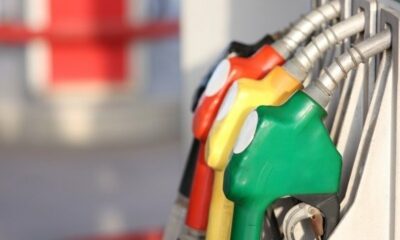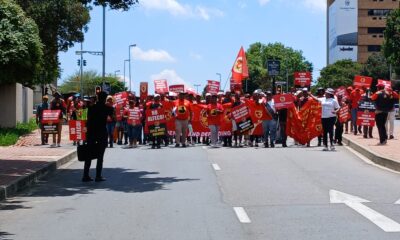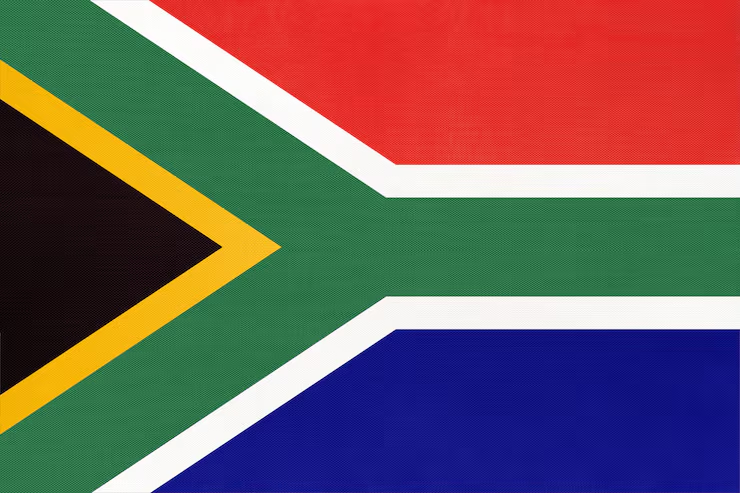Business
ArcelorMittal’s Bleeding Steel: Inside the R932 Million Loss Threatening SA’s Industrial Backbone

Steel giant battles a storm of debt, falling demand, and foreign pressure
South Africa’s once-mighty steelmaker, ArcelorMittal SA, is facing its most turbulent chapter yet. The company, long considered a barometer of the country’s industrial health, has posted a staggering R932 million loss for the first half of 2025, an ominous signal for the economy, workers, and local manufacturers alike.
A shrinking empire despite state lifeline
Despite a much-needed R1.08 billion injection from the Industrial Development Corporation (IDC), the company’s losses continue to mount. Steel sales volumes are down by 11%, prices have slipped by 7%, and revenue fell by a painful 16.5%, landing at just R17.12 billion. While the IDC’s support helped blunt some of the blow, the company’s Longs Business division, responsible for structural steel, remains on death row, with a final shutdown scheduled for 30 September 2025.
Behind the numbers is a sobering reality: ArcelorMittal is running out of options. The company’s debt climbed by nearly 22%, and retained earnings plunged into the red for the first time in years. Its total equity? Slashed nearly in half.
Can Noluthando Gosa steady the ship?
Noluthando Gosa, the influential businesswoman and non-executive director who owns a 6.15% stake in ArcelorMittal SA, now finds herself in the crosshairs of public interest. Gosa is no stranger to high-stakes boardroom challenges, but this one may be her most difficult yet. As local communities brace for job losses and further industrial decay, the pressure is on her and the executive team to chart a new path, fast.
The ghosts haunting South African steel
ArcelorMittal’s woes are not just about poor sales. They stem from deeper, more structural issues plaguing the global steel industry and South Africa’s economic terrain. The rise of scrap-fed mini-mills, oversupply from China, cheap imports, unreliable power supply, and sluggish construction activity have all converged to turn the steel market into a battlefield.
This is no longer just a boardroom problem. For workers in places like Vanderbijlpark and Newcastle, the steel company’s troubles are personal. The Longs Business wind-down could impact thousands of families. And with unemployment already at crisis levels, the ripple effects of ArcelorMittal’s decline are likely to be felt far beyond the factory gates.
Public sentiment: frustration and fatigue
On social media, reactions have ranged from disillusionment to outright anger. “Another legacy industry being left to rot,” one user posted on X (formerly Twitter). Others questioned the IDC’s decision to inject funds into a business with no clear turnaround plan. “It’s not just about saving jobs. It’s about asking what’s being done to make this company viable again,” read another comment on LinkedIn.
Where to from here?
While ArcelorMittal has trimmed its fixed costs by 5% and squeezed some gains out of improved asset utilisation, it’s not enough. The company still posted a headline loss of over R1 billion. Even the R420 million generated through its cost-saving Value Plan was slightly lower than last year’s figure.
Government policy, particularly around steel tariffs and infrastructure stimulus, will play a crucial role in determining whether the company can claw its way back. But right now, that support seems as brittle as the steel the company can no longer sell.
What this means for South Africa
South Africa cannot afford to lose its steel backbone. Without it, local construction, mining, and manufacturing industries risk becoming even more dependent on imports. The question now isn’t just whether ArcelorMittal can survive, it’s whether the country can afford to let it fail.
Unless urgent interventions and a clear industrial policy emerge soon, ArcelorMittal South Africa’s downward spiral may become a cautionary tale of what happens when global forces and domestic inertia collide.
{Source: Boniltd}
Follow Joburg ETC on Facebook, Twitter , TikTok and Instagram
For more News in Johannesburg, visit joburgetc.com


























